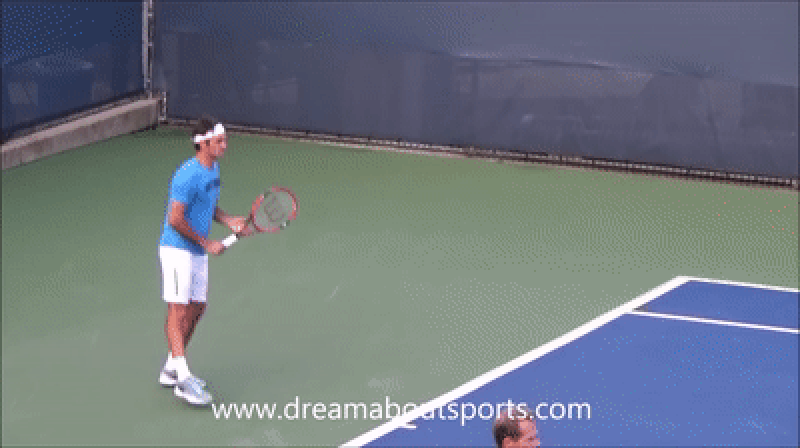Shroud
G.O.A.T.
Yeah its not as dense as some for sure. Have you thought about 15g kevlar? Softer than ashaway, but AG makes a set. Worked well for my full kevlar experiment.I actually own a Steam 96. It deserves special mention as a platform frame. The Steam 96 is perfect in every way except for one - it's pattern is very open.
Of all my frames, my customized steam has got to be the sweetest feeling frame at impact. It has an exceptionally torsion-stable design (no twisting on off center hits), and is very lightweight at all parts of the frame, giving ample room for customizations to suit all tastes (in my case I concentrate mass in upper half of hoop and top of handle). Also, before I cut it down to its current sweet-hitting 26.75" length, it was a remarkably explosive serving tool at its stock length of 27.25". A couple of months ago, I dialed back the clock and was serving huge enough to show off at the park courts on a warm evening, drawing an impressed crowd of spectators. Using my stock length steam set up with SW in low 370s, on that amazing serving day I was able to hit the back fence after the bounce above the 6-ft crossbar consistently (something I used to be able to do routinely in my youth, but almost never these days).
I probably need to mess around with my steam a little more - I really played well from the baseline with it after I cut it down, but the open pattern was giving too much of a high launch angle for trajectory control on net approaches for my tastes. I initially strung it with kevlar/ZX prestretched at 90/40, which was too loose except for cold days outside. Then restrung the same crosses at 90/50, which was pretty good for groundies and serve, but still a little soft for volleys. I might need to try a different type of string setup to reduce the launch angle sensitivity with this extremely open-patterned frame.
Fwiw the gamma rzr 100t is a dense pattern for a 100" frame. And is stiff but maybe too stiff at 75 RA


